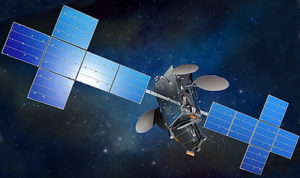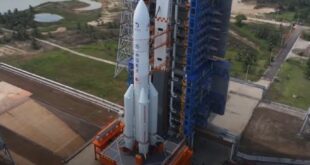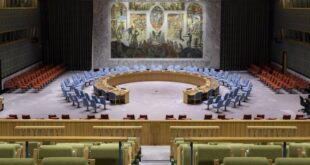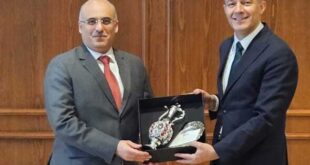
Hong Kong’s AsiaSat has voiced its deep concern over the Communications Authority’s (CA) decision to reallocate the 3.4-3.7 GHz band, the lower C-Band frequency in Hong Kong, from Fixed Satellite Services (FSS) to mobile service (5G) and the subsequent proposal of two exclusion zones as a potential solution.
AsiaSat responded to the decision by highlighting the critical nature of C-band in satellite communications. The company noted that it is the major frequency for connecting Hong Kong’s teleports to other continents, creating a hub for telecommunication services in the international market built three decades ago. The C-band is also used for the distribution of TV services, broadcasting data and information and live events, breaking news and more crucially, for disaster relief and emergency communications services.
AsiaSat argues that the reallocation of the C-band will significantly limit Hong Kong and Greater China’s satellite operators’ ability to control and monitor their satellite fleet and earth stations, thereby affecting many of the essential services currently delivered via satellite with the potential risk of interference from mobile service. CA’s suggestion of two exclusion zones has also raised serious concerns due to the high risk imposed from terrestrial mobile communication interference.
The company also stressed that links for safe operation and monitoring of the satellites, which is an international obligation under the UN Outer Space Treaty, may be lost, possibly causing loss of service and impacting agreements. There are further difficulties in Hong Kong with the numerous satellite TV receptions mounted on buildings, involving some 1,600 C-band Single Master Antenna Television (SMATV) systems, 900,000 outlets that would need re-adjusting, before even considering the international consequence.
AsiaSat has recommended looking at different mitigation measures to reduce the interference by mobile operators to satellite services, and to find options beyond the initial proposals. The company has urged mobile operators to fully consider more available technical measures to minimise their interference with pre-existing satellite services. Regulating the transmitting power of mobile stations is one fair way to reduce interference, and more answers could be found by studying other mitigation proposals in collaboration with the telecommunication industry. AsiaSat stresses that costs involved in these mitigation measures should not however, be imposed on the satellite operators and customers who have used the C-band for decades.
AsiaSat’s CEO, Dr. Roger Tong, reflected: “We strongly request the Communications Authority to set a level playing field for all telecom operators, to properly consult the affected satellite operators and consumers. Hong Kong also seeks further consultations to define reasonable arrangement in this area, and request that mobile operators implement measures to prevent interference to the existing satellite Telemetry, Tracking, and Control (TT&C)/monitoring earth stations and SMATV operations when deploying future 5G networks. If allowing the reallocation without due concern for existing satellite usage, the CA will be affecting services provided by us to the entire Asia-Pacific region, and the world.”





